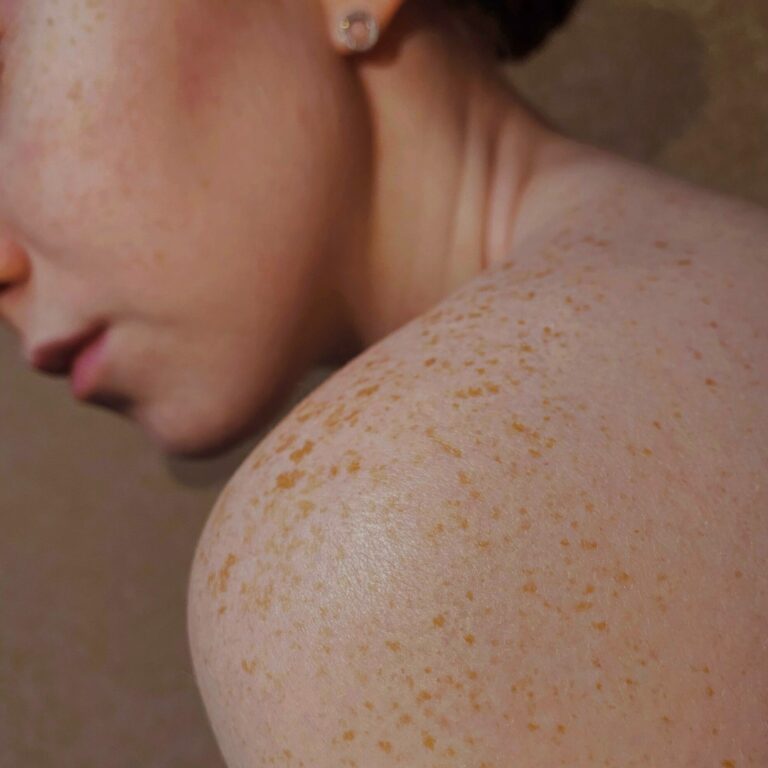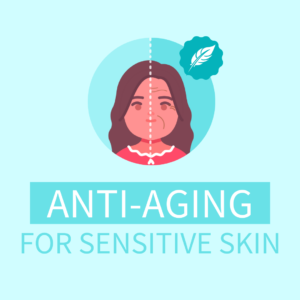When looking for skincare products, we always try to cater to our skin type and our skin’s needs. But one day, our skin suddenly becomes shinier and our skincare products don’t seem to work as effectively as before. Is there any reason behind it? Can our skin type change? Let’s find out from Picky Expert Dr. Stella!

What is my skin type?
Skin type is genetically predetermined. It’s not something that we can choose. In other words, we are born with our skin type whether that is oily skin, dry skin, normal skin, or combination. Don’t know what your skin type is? Here are a couple of ways to figure that out:
- The bare face method: Wash your face with a gentle cleanser, and wait for 30 minutes without applying any skincare products. Observe your forehead, nose, cheeks, and chin for any shine. Wait for another 30 minutes and examine your skin again. If your skin feels tight, your skin is most likely dry. If you find that your forehead and nose (T-zone) become shinier than other parts of your face, you probably have normal/combination skin. If you’re shiny all over your face, then your skin is most likely oily.
- The blotting sheet method: Take a blotting sheet and pat it on different areas of your face. Hold the sheet up to the light to see how much oil is visible. If the sheet picked up little to no oil, you are likely to have dry skin. If it reveals oil from your T-zone, you have normal/combination skin. If the sheet is saturated with oil, then you have oily skin.
Does skin type change? What can trigger the change?
Our skin is an organ that’s constantly going through change. You may notice that your skin gets oilier or drier from time to time. So does that mean our skin type can really change? Well, it’s not a question that can be answered with a simple ‘yes’ or ‘no’. Our skin type can change over time, however, it doesn’t happen on its own! Permanent change in skin types only happens as we get older. Meanwhile, changes in skin conditions happen temporarily from time to time. Here are several factors that can trigger a change in our skin:
- Hormones: The rise and fall of hormones in our body caused by menstruation, pregnancy, childbirth, breastfeeding, as well as menopause affect our skin. Hormonal changes play a major role in oil production. For instance, our skin tends to become oilier when we’re having our period. This kind of transition is temporary. On the other hand, changes in our skin that are associated with menopause, such as dry skin are permanent.
- Age: As we get older, the sebaceous glands–our body’s oil-producing machines decrease in size and create less sebum. As a result, the skin becomes dry.
- Climate: Our skin acts as a protective barrier from the outside world which includes regulating the body temperature. Whether we are relocating to a new environment or we are living in a four-season country, our skin needs to adapt to the surroundings. Dry cold weather during the winter months can make our skin dry, while hot, humid summer days are linked with more sebum production than usual.
- Medications: Birth control pills, anti-androgens, and prescription retinoids suppress sebum production. They can make the skin become dry, red, flaky, and itchy as a side effect.
- Diet: Familiar with the phrase ‘we are what we eat’? The same thing also applies to our skin. Our diet may affect the condition of our skin. High glycemic index foods and dairy products trigger excessive sebum production in the skin.
- Lifestyle: Things like stress level, alcohol consumption, smoking, exercise, and sleep duration could also cause changes in our skin.
What should I do if my skin type is changing?
Once you notice your skin type/condition changing, it’s time to adjust your skincare routine as well! Even though we’ve been in love with using the same products for years with success, they might not give the same result as they used to since they are not what our skin needs at this present moment. Listen to your skin and make the necessary adjustments. Change up your routine, and find ingredients and textures that can support your skin as it goes through the transition. Whatever your skin type/condition is, remember the three staples for any routine should include a gentle, pH-balanced cleanser, moisturizer, and sunscreen. Consulting with your dermatologist when you notice a change in your skin type/condition can also be helpful!
Be PICKY about what goes on your skin!
Notice your skin type changing?? You can easily switch up your routine and learn more about what works for you by downloading the Picky app. There you’ll find skincare reviews, dermatologist advice, giveaways, and so much more! Filter by concern or explore the app’s Discuss page to see what our Picky friends are talking about. Be sure to check us out on Instagram, Youtube, and Tiktok for more daily skincare content!
Made With


















One Response
Thank you very much for this informative article!